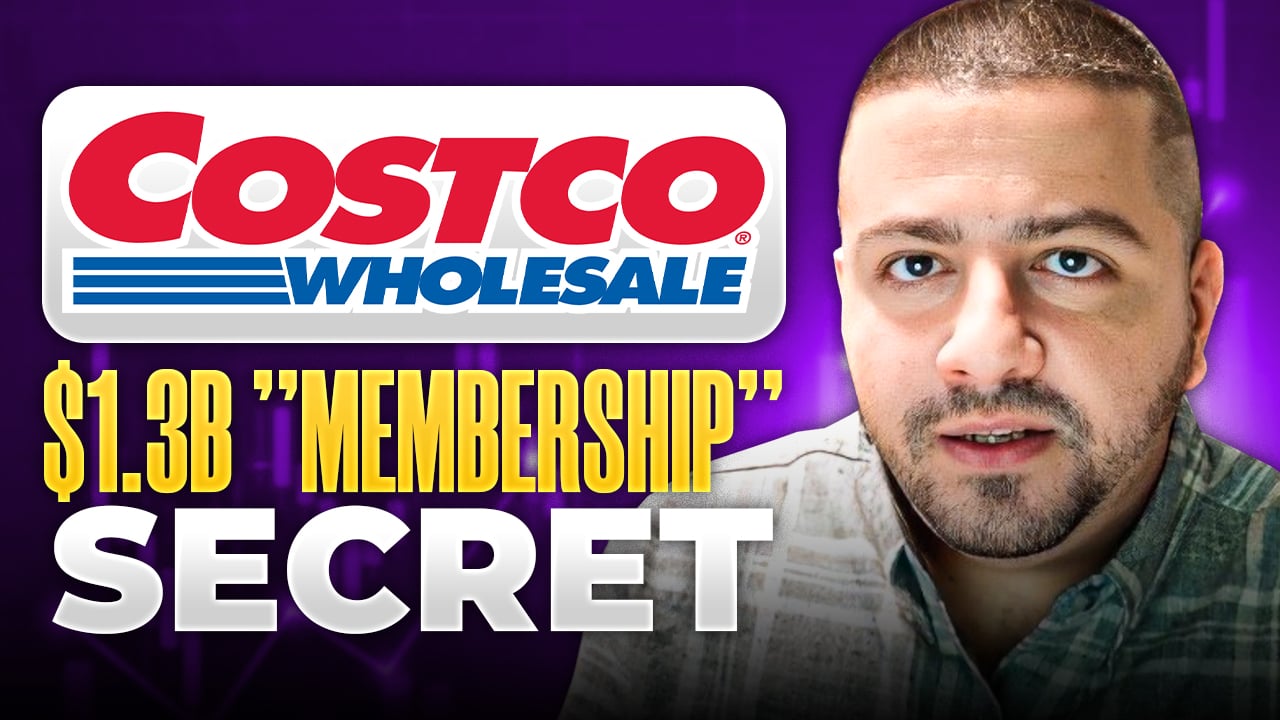Without a doubt, Costco (COST 0.23%) and Target (TGT 1.17%) have been two of the best stocks in the retail industry lately.
They are among a rare group of retailers that are growing sales and profits in today's challenging environment. Despite pressure from Amazon, both are opening new stores and growing their e-commerce segments by adding new features, fast shipping, and expanding product selection. It shouldn't come as a surprise, then, that both stocks have handily beaten the S&P 500 this year.
But can they keep up their impressive share price growth in 2020, and which of them is best positioned for big gains from here? Like most things in the stock market, it depends.

Image source: Costco.
The warehouse giant
Costco has grown consistently over the last decade, delivering solid comparable-sales and profit growth with a buy-in-bulk bargain pricing formula that continues to resonate with customers.
Many of its competitive advantages are self-evident. Its membership model gives it a reliable revenue stream, allowing it to price its merchandise near cost and below competitors. Costco's gross margin is around 11%, much lower than that of peers such as Walmart and Target. While that might seem like a weakness, it's a reflection of a business model designed to derive most of its profits from membership fees.
Lately, Costco has made efforts to evolve its e-commerce business and better compete with Amazon and other online retailers. The company now offers free two-day shipping on non-perishable orders over $75, and same-day delivery for perishables through Instacart. It has also expanded its e-commerce efforts in international markets, and opened a net of 20 new stores in the U.S. and abroad in fiscal 2019. It will close calendar 2019 with a total of 785.
Unlike most successful retailers, Costco has kept its strategy relatively consistent in recent years, and its membership renewal rates of around 90% and high customer-satisfaction scores suggest that it doesn't need to make radical changes. In its most recent quarter, comparable sales (adjusted for fuel sales and foreign currency fluctuations) increased 5% and earnings per share were up 10%.
The stock is trading at a P/E ratio of 35.3 and pays a dividend that currently yields 0.9%. The company also has a history of distributing generous special dividends every few years.

Image source: Target.
A nimble retailer bounces back
This has been nothing short of a banner year for Target. Its stock has nearly doubled as many of the investments it has made in recent years have begun to pay off. Those include improving its omnichannel experience by offering services like same-day delivery through Shipt; in-store order pickup; and Drive Up, through which a customer can place an order via the Target app, park in a designed area in front of the store, and an employee will load the order straight into their car while they wait. In its most recently reported quarter, same-day fulfillment options drove 80% of the company's e-commerce growth.
The company has also been successful with its exclusive private-label brands, which give customers further incentives to shop at Target. In the third quarter, comparable sales in apparel jumped 10%, easily outpacing the competition, in large part due to the popularity of its private brands. Meanwhile, Target is remodeling stores and opening smaller-format stores in underserved neighborhoods in cities and near colleges, a tactic that complements its omnichannel strategy.
Its recent results indicate that these moves are paying off. Comparable sales jumped 4.5% in the most recent quarter, or nearly 10% on a two-year basis, and digital sales jumped 31%. On the bottom line, margins expanded and adjusted earnings per share rose 25%, and the company has delighted investors this year by raising its guidance on multiple occasions this year.
Despite the stock's surge this year, it still looks affordable, trading at a P/E ratio of 20.6, lower than the S&P 500's P/E of 24. Target is also a Dividend Aristocrat, having raised its payout annually for 46 years. Today, its dividend is yielding 2.1%.
What's the better buy?
Both Costco and Target have found ways to thrive in the current retail environment, and each looks set for continued growth. Costco seems to have the bigger economic moat with its nearly 100 million members and a low-price model that keeps drawing customers to its stores. However, Target's profits appear to be growing faster, and it's seeing significant benefits from its recent strategic initiatives. Further, Target is trading at P/E of 20.6 significantly cheaper than Costco's P/E of 35.3, and Target's dividend yield is higher too.
Of the two, Costco is probably the safer stock and would perform better in a recession. However, the full extent of Target's turnaround still seems under-appreciated by the market, which sets its stock up for stronger growth. Over the next year or two, Target looks likely to be the better performer.










